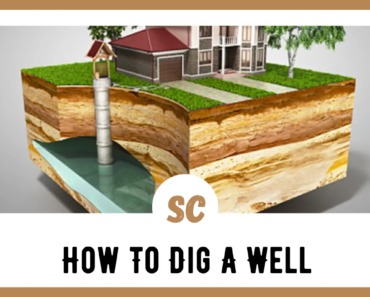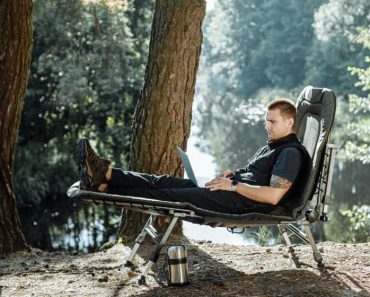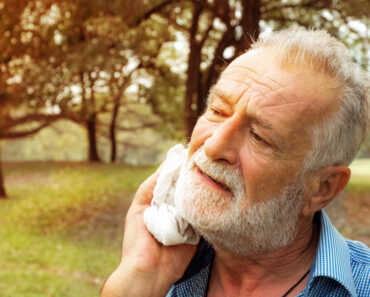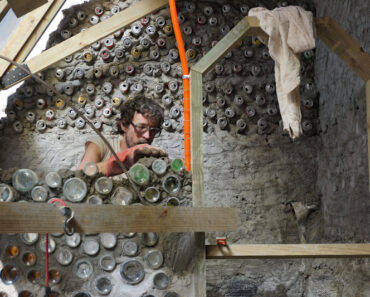To survive in an urban environment, you will need to learn and use a whole new set of skills and tools. Urban survival techniques and objectives are completely different from the survival skills you would use in the wilderness.
We cover all you need to know about urban survival in this article.
The Reality of Urban Survival
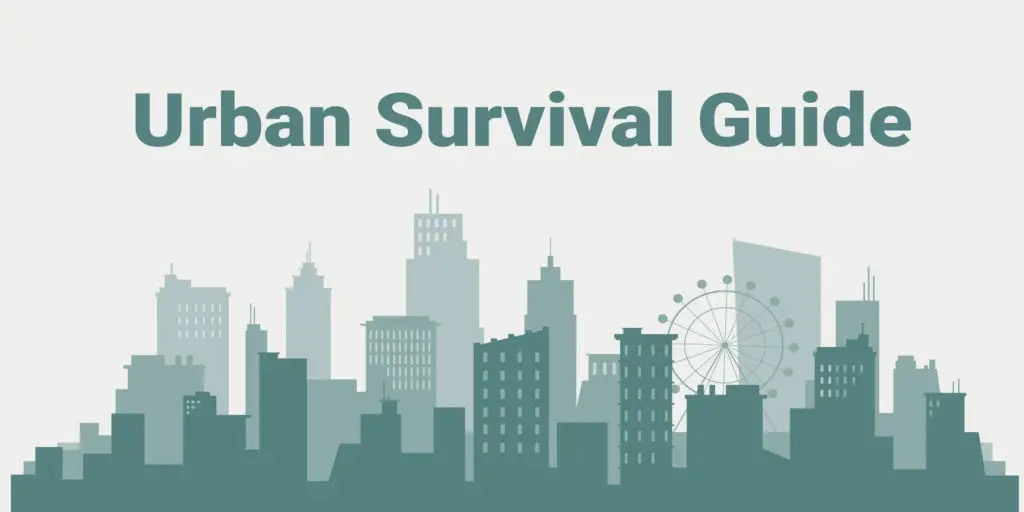
Most TV shows focus on wilderness survival. These shows range from participants with plenty of supplies task to reach an extraction point in a defined time period, to those naked with only one survival tool on a mission to survive a predetermined amount of time.
In most cases, these competitions clearly illustrate the outstanding skills, pit falls, and difficulties of the participants in their respective survival environments. I must admit, most do an exceptional job of surviving their ordeal.
In reality, these shows represent an aspect of survival that most of you will never encounter. Thus, as much as you may learn from watching these programs, the skills seen on the show will be of very little value in your most common environment, an urban setting.
Wilderness survival skills such a primitive fire starting, hunting, building a shelter, and water purification techniques are all valuable skills to know but are virtually useless in the urban survival environment.
Situational awareness, personal protection, planning, and preparation are far more important aspects of preventing and surviving an untoward urban event. Urban survival know-how is divided into two very different scenarios of the urban environment. One is the individual, small scale or personal adverse events, such as robbery, mugging, carjacking, or home invasion. The other is the large-scale urban survival events such as natural disasters, civil unrest, and economic collapse.
The likelihood you could find yourself in any one of these urban survival situations is very real and, in most cases, it will happen to each of you more than once in your lifetime. Thus, it is essential to be prepared to prevent yourself from being a victim of circumstance.
Let’s understand the major principles.
6 Principles to Urban Survival
Urban survival is dependent upon the application and use of six distinctive principles:
- Planning,
- Preparation,
- Training,
- Protection,
- Communication and
- Safe Haven
With this knowledge, you can prepare yourself for any untoward event that may occur in the urban environment.
Let’s break these down.
Planning

Planning is essential to the success of any project. Without a plan, you have no direction, no defined objectives, and no documentation of your progress.
Setting goals and objectives are imperative. It is the key to a successful outcome. In this case, the goal is to be supplied, trained, and prepared for any form of urban survival situation.
Your urban survival plan should consist of the following key elements Preparation, Training, Security, Protection, and Safe Haven. Within each of the major sections, there are vital objectives that need to be accomplished to improve the success of survival.
There are two general sets of plans you will need to develop to meet your individual and unique circumstances. First is the plan to set in place all the tools you will need to prepare for your ability to survive an urban emergency.
The second step of planning is a group of smaller plans that are developed to assure that everyone in your family is educated on the procedures to follow during an untoward event. You should have at a minimum four operational plans: a natural disaster plan, a get out of town plan, a fire plan, and a home invasion/robbery plan.
Each of these plans has distinct elements that make them independent of each other. However, they all involved one common important element… everyone is on the same page. This means everyone will have a much better chance of surviving any one of these unexpected events.
Preparation
Preparation is the key to success in all aspects of your life. In a survival situation, it could mean the difference between living and dying. This is one of the hardest aspects of getting ready for an urban survival event.
We are so accustomed to having everything from food, water, electricity, transportation, security, and many more things right at our fingertips. It is so easy to put off getting prepared. However, in an urban survival event, many of these essential items may not be available for extended periods of time. It is so easy to say it will not happen here or to us.
The truth is disasters can strike anytime, anywhere, unannounced. So being prepared is key. Trying to prepare at the last minute, is a receipt for failure. So having enough food on hand, propane to cook and heat if there is no electricity; water stored in tubs or rain barrels, personal protection tools and personal protection resources such as ammo, stored fuel for emergency evacuations or back-up generators.
All are critical.
Training and Practice
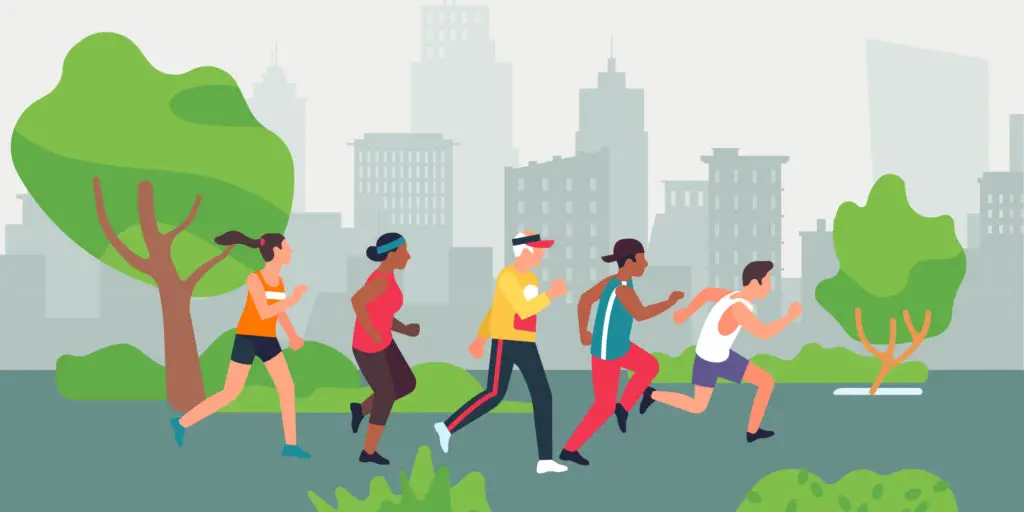
There are several areas of training that you should seriously consider as part of your urban survival plan. The training programs I highly recommend are courses on situational awareness, personal protection techniques such as martial arts and firearms training, obtaining a license to carry a weapon, first aid, and physical fitness.
Training in each of these areas adds depth to your preparedness and ability to manage numerous aspects of situations that may occur during an urban survival event. I cannot stress how important training is to your ability to survive.
Equally important, is practice. Once you have received training in any of the areas mentioned above, you must practice the skills to remain competent. Conducting drills is essential to making sure everyone is familiar with the established plans. You need have practice drills of your in home plans, such as your fire, home invasion, and get home plans. I cannot emphasize how important practice is; it is the true key to competency and can save your life.
Protection
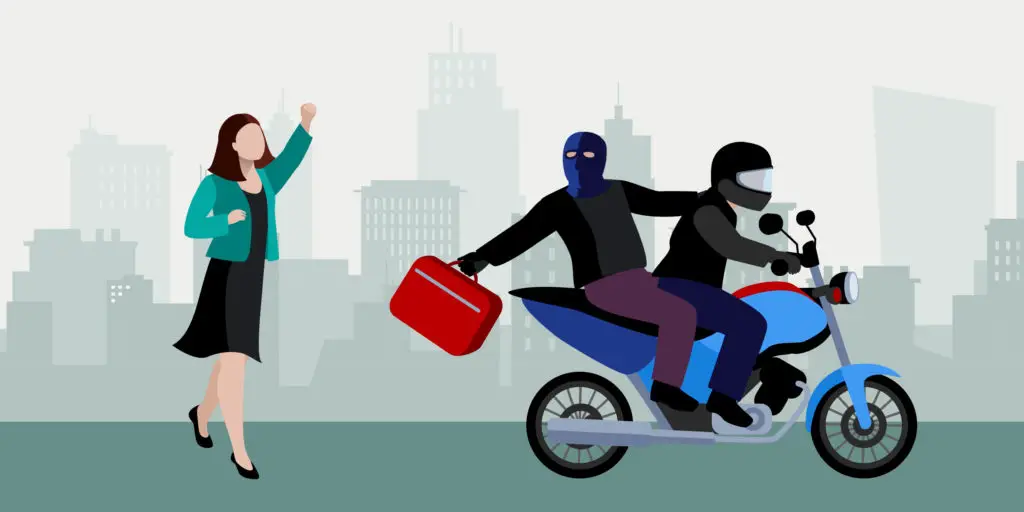
Protection is one of the key elements of surviving an adverse urban survival event, whether it is a large scale disaster or an isolated, personal event. There are three distinct areas where protection is essential you, your family, followed by your home or dwelling, and then your travel needs.
It is easy to forget, but you must protect yourself first. If you are injured or killed, then you lose the ability to protect your family. Robberies, carjackings, home invasions all occur when you least expect it. That is how they are planned. The bad guys in these scenarios’ are looking for people that are not paying attention, distracted, and unprepared making them easy targets.
So maintaining a strong sense of situational awareness and being prepared to protect yourself is critical to prevention and survival. The vast majority of natural disaster-related urban survival events is followed immediately by chaos, then in many cases by civil unrest such as looting. During the first two stages of an unexpected horrific urban event, it is exceedingly important that you morph into your protection mode of operation.
In the latter situation, you will need to immediately increase your situational awareness skills, be prepared to use your first aid training, and anticipate and be prepared to use your personal protection skills to survive. In both the small and large scale urban environment scenarios mentioned above, it is essential you have ready access to your personal protection tools. No matter where you are you must be able to access them and be ready to use if needed.
If the event means you must move to a new location then you must be prepared to protect yourself while making the transition. This is one area many people forget about. In many cases, when an untoward event occurs you may need to move to a new location. During this transition to a new location, you want to make sure you can protect yourself.
Communication

Knowing where everyone is and that they are safe is always one of the first concerns of family members. How many times have you heard in news reports that people within a disaster zone or home fire are trying to determine where the other members of the family are located. It is very common.
Today we are very fortunate we have cell phones. Mobile devices that enable us to communicate from almost where ever we may be. It is evident cell phones play a vital role in helping you communicate and improve your ability to find others and seek help.
Safe Haven
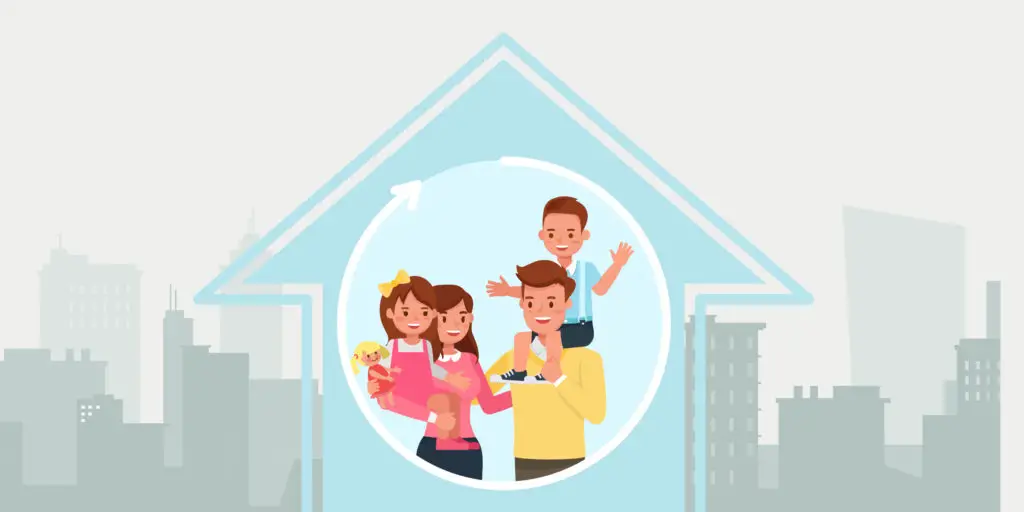
Your safe haven is kind of like your exit on an airplane, the closest one may be behind you. A safe haven is any location that provides a safe place for you and your family. There are two main safe-havens.
The first is a room within a facility or your home that is set up to function as a safe place for anyone to go in when there is a need to protect yourself from any threat. The second is any location you have access to that will enable you to gain protection from the outside world.
A safe room can be as extensive as a room with steel-reinforced walls and a door that contains a large supply of water and food, multiple personal protection tools, and several communication devices or it could be as simple as a closet. In general, the safe haven in your house should at a minimum consist of the following elements.
A room with a solid core door, enhanced hinges, a locking doorknob, a personal protection tool, a communications device, water, survival flashlight, and a small supply of snacks.
The first is located in your house. You may have more than one safe room in your house depending on its layout. For example, if you live in the three-story house, you may wish to have a safe room on each floor, at least one on the top and bottom floors. Naturally, family and friends can be located throughout the house. Should an event such as a home invasion take place then you want the people on the top and bottom floors to be able to seek a safe haven in those areas without having to transverse the main floor.
A safe haven can be your office, grandma’s house, your sister’s house, or a friend’s house. Should a large-scale event happen such as a severe thunderstorm, ice storm, snowstorm, tornado or flood you may not be able to get to your home. So the nearest safe haven may be one of these locations.
Thus, as part of your preparation and planning, you should have keys to all these locations on your key chain. In addition, this should be part of your natural disaster plan, so that your family will know where you will most likely be if any one of these types of events should occur.
3 Things You Need In An Urban Survival Situation
WTSHTF maybe you are prepared for an extended survival scenario away from civilization, but you have to get out of the city first (maybe). In a disaster situation that might not be so easy. If you have these three things in place you will greatly increase your chances in an urban survival situation.
1. Get Home Bag (GHB)
Imagine for a minute that you work downtown in a large city, maybe you ride the subway or take a bus to work everyday. You are in a large office building with many floors, thousands of people, and you are on the fifteen or twentieth story. If a disaster strikes how are you going to get out? I mean literally. If there is an earthquake, or a catastrophic man made event how are you going to get out of your building? How are you going to get down the street? How are you going to get home? Do you want to be one of the people covered in dust wandering around in shock? I sure don’t.
But I have my Bug out Bag you say!
Oh really, where is it? Even if it is in your car it is useless to you at this point. The parking garage is at street level and possibly blocks away. That could mean life or death in this situation and you need to act now.
Even if you could get to your Bug Out Bag, how much good would it do you in this environment? Most people’s B.O.B. is packed for survival in the wilderness. Camping gear, food, clothing, etc.
A Get Home Bag contains an entirely different set of tools and serves one purpose: To get you from wherever you are to your home.
Your GHB should contain things that are going to get you out of the building like a prybar. Things to help you make it through the aftermath like water and breathing masks. Things you might use to help rescue others like survival flashlights or radios. Things that will help you on what could be a very long walk home such as food and maybe shoes.
Clearly, a GHB is not a Bug Out Bag. Sure they have some overlap, but a GHB can be much smaller, less weight-conscious, have more specific tools, and be planned for one purpose.
Do you have one cached in your office or place of work? If not, and you want one ready-to-go, we highly recommend the GBH below:
2. A Bug Out Plan
So you made it home, now what? Let’s assume that the SHTF out there. You have surveyed the situation and determined that the city is in mass chaos and you need to get out now. What do you do? Again, you have your Bug Out Bag, but you still have to get out of the city. Do you have a Bug Out Plan?
For our purposes here let’s assume that your Bug Out Plan needs to get you from your home to your serious survival cache or Bug Out Location outside of the city. I understand that not everybody has caches hidden in various places, and even fewer people have a dedicated But Out Location. While you should probably be working on that, you still need a Bug Out Plan.
There’s no way I can go through all of the various problems you might encounter while trying to bug out of your city so you will have to plan for yourself. What I will give you are some questions to consider and one rule: Contingency. Is your way out double, triple, and quadruple backed up?
- If the highways are shutdown do you have a surface street route?
- If no roads are passable do you have an off road route?
- If driving is out of the question do you have a planned walking or riding route? (Do you have maps of your area in your Bug Out Bag?)
- Do you have a rendezvous point with other family members?
3. A Bug In Plan
Let’s back up a minute. Pretend you just got home again, but this time you surveyed the situation and decided that you are not in immediate danger but still everything is not normal.
Now, what do you do? A Bug In Plan is for emergency situations where you can stay in your own home but have to rely on your own preparations to survive. This might just mean that you will be without power or water for an extended period. Maybe it means you actually can’t leave your home at all for whatever reason.
What plans do you have in place to live like this? A Bug in Plan should include food and water preparations first and foremost. What will you eat since all of the food in your refrigerator is going to be bad soon? Do you really want to live on the backpack meals out of your Bug Out Bag when you don’t have to?
Gear for Bugging In:
How to Choose an Urban Survival Bag
So what do you look for in an urban survival bag? Simple: Dark colors and no camo.
When you walk around your city how many hundreds of people carry a backpack that you never even notice? Be one of those people.
Camo screams prepared and survivalist. Bright colors are generic in backpacks but can draw attention.
Buy a dark colored generic backpack that fits your needs and doesn’t look overly outdoorsy and fill it full of lifesaving gear. No one will ever notice in the aftermath of an urban emergency.
Don’t Overpack
We tend to pack our survival bags as full as possible because having more supplies gives a sense of being more prepared. Overpacking an urban survival bag can present two problems.
- When a bag is packed full, it is obvious to see that it is full of something, which could draw attention to people with “sticky hands”
- A large heavy bag can make it more difficult to quickly move through crowds, stairways, doorways, etc.
Generally speaking, having more supplies is better than not having enough, but keep the above in mind when packing your bag.
Don’t Advertise
This is a continuation of blending in and probably goes without saying, but do not put anything on the outside of the bag.
Having a bag that blends in color and style wise is not going to do any good if there is gear hanging on the outside or patches displayed. Displaying patches can be a sensitive subject because people are proud of their accomplishments or whatever the patch indicates.
Anything that is put on the outside of the bag can advertise what is inside, who you, and can draw undue attention. When in doubt, don’t advertise!
Wrap Up
Check out this excellent video that puts everything together:
In summary, urban survival is considerably different than wilderness survival and requires another whole set of skills and understanding. You will need to think differently and act accordingly. Because the obstacles and challenges will be totally different than if you are in the wilderness.
However, the fundamental result is the same, survival. Start the process of preparing, training, and practicing now. Don’t put it off. It will be necessary for your survival in the urban environment.



